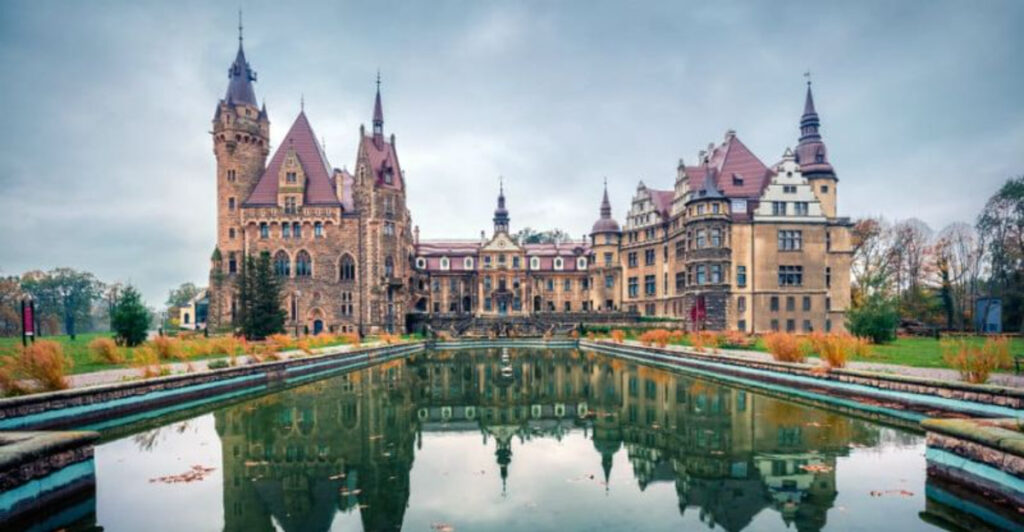Poland offers far more than just its famous cities like Warsaw and Krakow. This beautiful country hides countless magical places that most tourists never discover.
From painted villages to ancient forests, these secret spots tell amazing stories of Polish culture and history. Get ready to explore twelve incredible destinations that will make your trip to Poland truly unforgettable.
1. Zalipie – The Painted Village
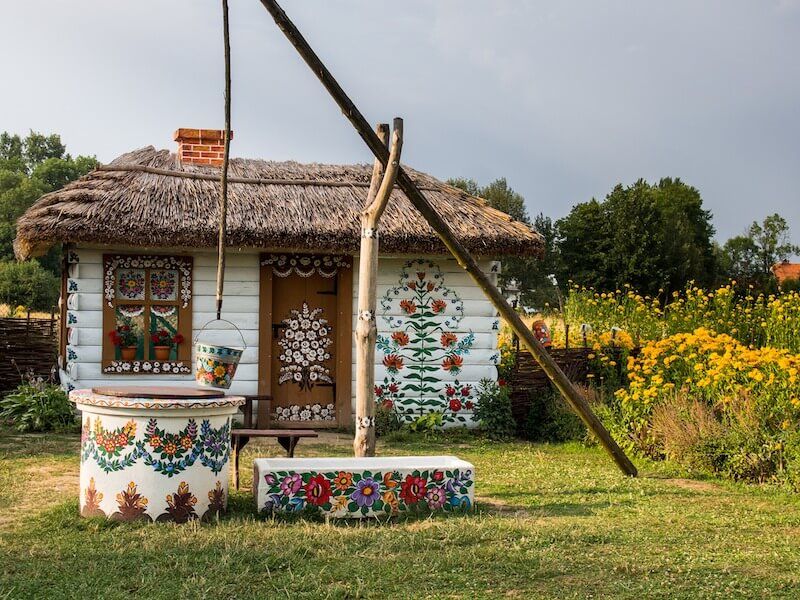
Imagine walking through a fairytale where every house blooms with colorful flowers painted on walls, doors, and fences. Zalipie transforms this dream into reality with its centuries-old tradition of floral folk art.
Local women began painting their homes in the 1800s to cover soot stains from cooking fires. Today, this charming custom continues as residents compete annually to create the most beautiful designs.
Visitors can watch artists at work, learn painting techniques, and even try decorating pottery. The village museum showcases the finest examples of this unique art form that makes Zalipie truly magical.
2. Kazimierz Dolny – Renaissance Riverside Beauty
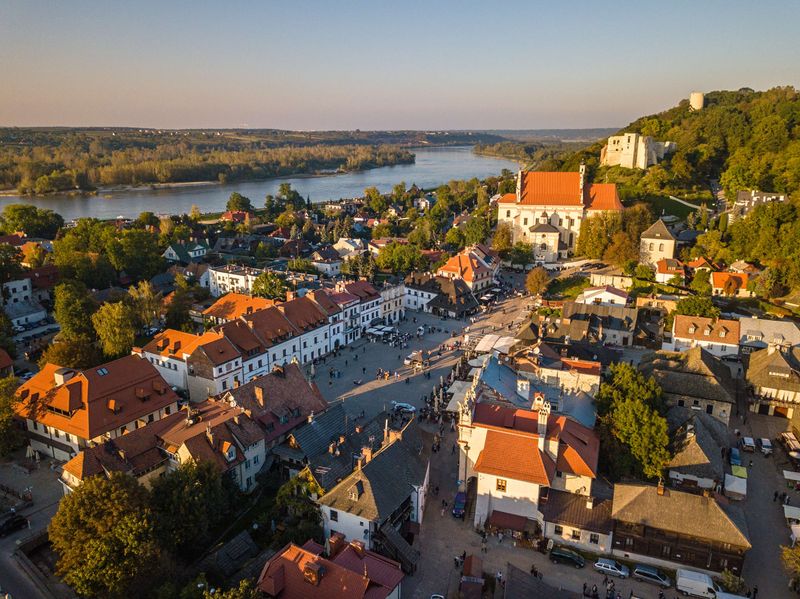
Cobblestone streets wind between Renaissance mansions while artists sketch scenes along the Vistula River. Kazimierz Dolny captivates visitors with its perfectly preserved medieval charm and creative energy.
Once a wealthy trading port, this town attracted merchants from across Europe. Their magnificent stone houses still line the market square, showcasing intricate carvings and colorful facades.
Modern painters and sculptors continue the artistic tradition, selling their work in galleries and outdoor markets. Climb the castle ruins for breathtaking river views, then enjoy traditional Polish cuisine in cozy restaurants tucked between historic buildings.
3. Białowieża Forest – Europe’s Last Wilderness
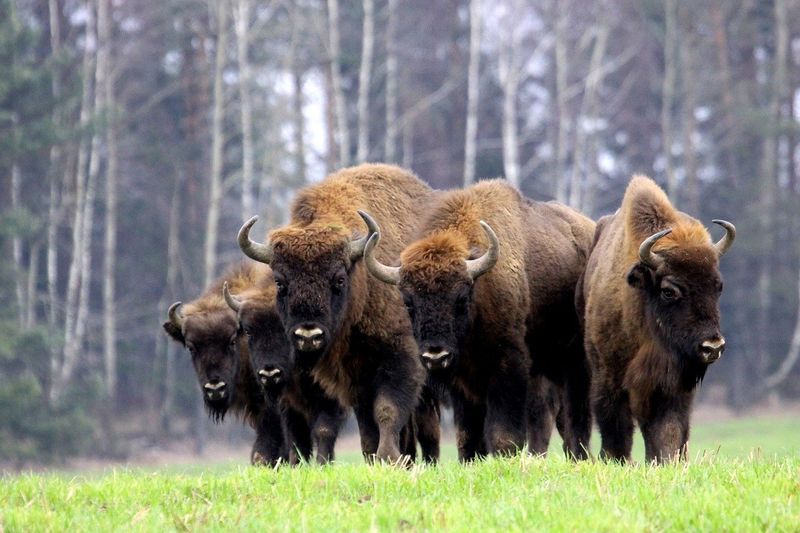
Step into a prehistoric world where massive European bison roam freely through ancient oak trees. Białowieża Forest preserves the last untouched woodland that once covered all of Europe.
This UNESCO World Heritage site spans both Poland and Belarus, protecting over 800 plant species and countless animals. Wolves, lynx, and wild boar live alongside the famous bison in this natural paradise.
Guided tours reveal forest secrets while respecting wildlife habitats. The nearby village offers traditional wooden houses and local guides who share fascinating stories about living beside Europe’s most important natural treasure for generations.
4. Moszna Castle – Fairytale Architecture
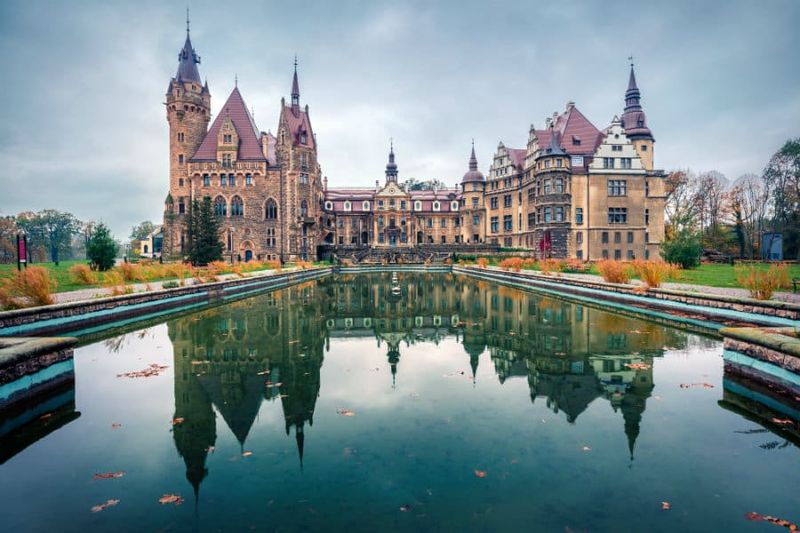
Ninety-nine towers pierce the sky like something from a Disney movie, but Moszna Castle stands proudly in rural Poland. This architectural wonder combines three different styles in one breathtaking structure.
Built over several centuries, the castle showcases Baroque grandeur, Gothic mystery, and Renaissance elegance. Each section tells different stories of the noble families who called this place home.
Beautiful gardens surround the castle with rare plants and peaceful walking paths. Inside, visitors explore lavishly decorated rooms filled with original furniture, paintings, and fascinating historical artifacts that bring Polish aristocratic life to vivid reality.
5. Bieszczady Mountains – Untamed Wilderness
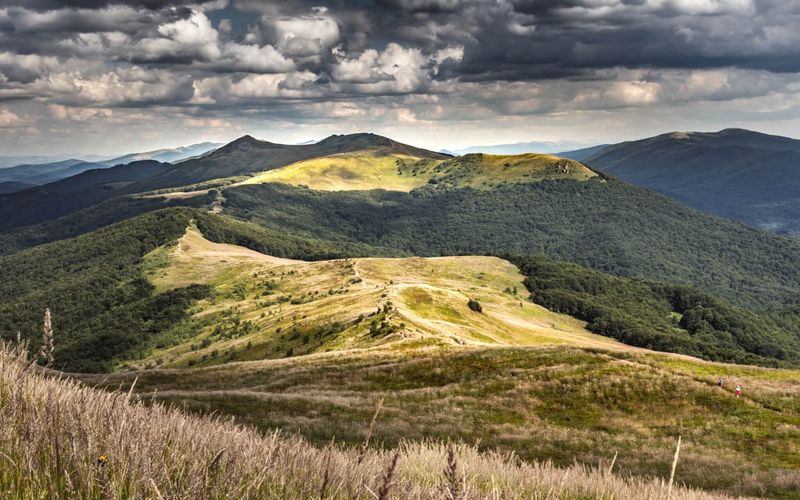
Rolling green hills stretch endlessly toward distant horizons where wild horses run free. The Bieszczady Mountains offer Poland’s most remote and peaceful hiking experience.
Abandoned villages dot the landscape, remnants of communities relocated after World War II. Nature has reclaimed these areas, creating unique ecosystems where brown bears and wolves thrive undisturbed.
Wooden churches and traditional highland huts provide shelter for adventurous travelers. The region’s isolation means few tourists venture here, making it perfect for those seeking solitude and authentic wilderness experiences in southeastern Poland’s forgotten corner.
6. Sandomierz – The Little Rome

Seven hills rise above the Vistula River, earning Sandomierz its nickname as Poland’s “Little Rome.” Medieval walls still protect this thousand-year-old city’s treasures.
Underground tunnels snake beneath the old town, once used by merchants to store goods and hide during invasions. Today, these mysterious passages offer guided tours through centuries of hidden history.
The town hall tower provides spectacular panoramic views across the river valley. Renaissance houses line the market square where local festivals celebrate traditional crafts, music, and foods that have remained unchanged for generations in this remarkably preserved medieval gem.
7. Książ Castle – Silesian Splendor
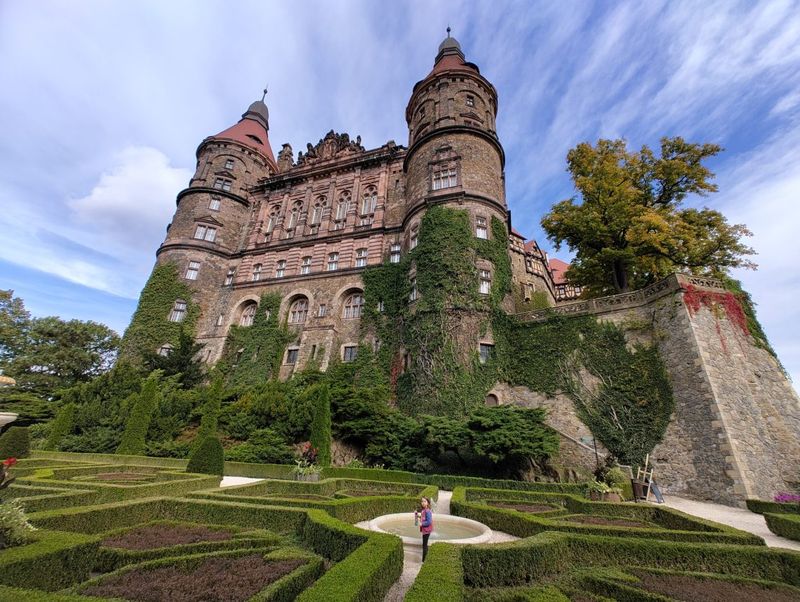
Perched dramatically on a rocky cliff, Książ Castle commands attention as Poland’s third-largest fortress. This architectural masterpiece blends Gothic foundations with Baroque magnificence and Renaissance refinement.
Secret Nazi tunnels carved during World War II add mystery to the castle’s already fascinating history. Visitors can explore both the elegant palace rooms and the underground passages that remain partially unexplored.
Terraced gardens cascade down the hillside, featuring exotic plants from around the world. The castle’s romantic setting and intriguing legends about hidden treasures make it a favorite destination for history enthusiasts and adventure seekers alike.
8. Pieniny National Park – Mountain River Adventure

Crystal-clear water rushes between towering limestone cliffs as traditional wooden rafts navigate the Dunajec River. Pieniny National Park offers one of Europe’s most scenic river journeys.
Skilled raftsmen guide visitors through narrow gorges while sharing local legends and pointing out rare plants clinging to vertical rock faces. The journey combines natural beauty with cultural storytelling.
Hiking trails lead to panoramic viewpoints where Slovakia’s mountains meet Poland’s peaks. Medieval castles crown several hilltops, accessible by scenic paths through forests filled with wildflowers and protected wildlife species unique to this border region.
9. Krzyżtopór Castle – Ruins of Grandeur
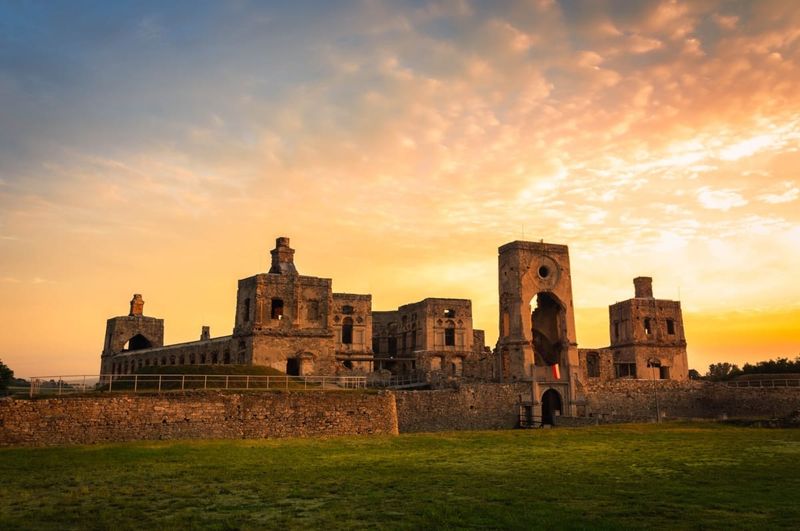
Massive walls rise from rolling countryside like the skeleton of a giant’s palace. Krzyżtopór Castle once rivaled Europe’s grandest residences before war and time claimed its glory.
Built with astronomical precision, the castle featured 365 windows, 52 rooms, and 12 halls representing the calendar year. Its innovative design included running water and central heating centuries before such luxuries became common.
Local legends speak of hidden gold and ghostly appearances among the romantic ruins. Photography enthusiasts find endless inspiration in the dramatic archways and crumbling towers that frame the surrounding pastoral landscape beautifully.
10. Łódź – Industrial Heritage Transformed
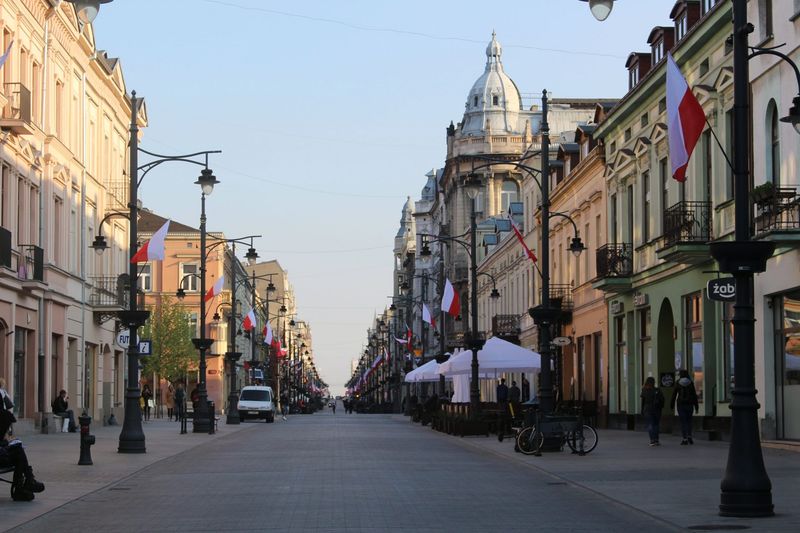
Former textile factories now buzz with creativity as artists transform industrial spaces into galleries, studios, and cultural centers. Łódź reinvented itself as Poland’s most dynamic creative hub.
Piotrkowska Street stretches for miles as one of Europe’s longest pedestrian zones, lined with murals, cafes, and restored 19th-century architecture. The famous film school produced many renowned directors.
Manufaktura shopping center occupies a beautifully renovated factory complex, combining retail with museums and entertainment. Street art covers entire building walls, making the city an open-air gallery that celebrates both industrial heritage and contemporary artistic expression.
11. Toruń – Copernicus’s Medieval Birthplace
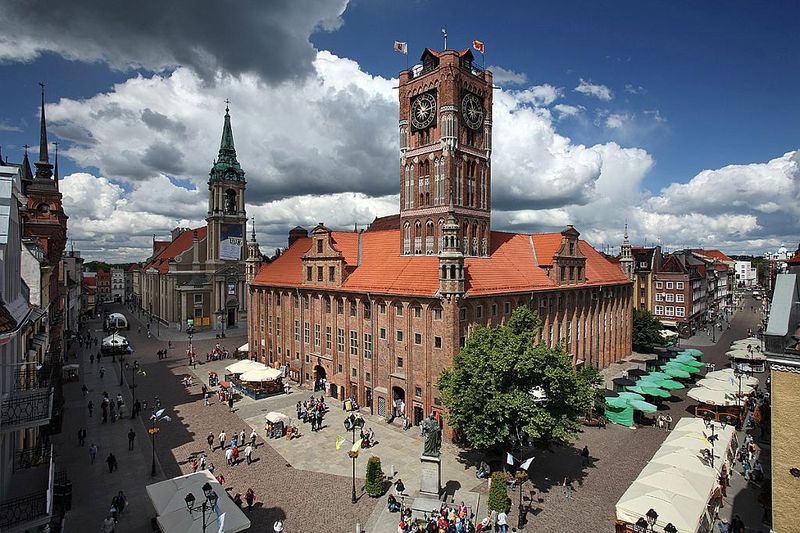
Gingerbread scents drift through narrow streets where Nicolaus Copernicus first gazed at the stars. Toruń preserves its medieval character better than almost any European city.
Gothic brick buildings lean over cobblestone alleys, their walls unchanged since Hanseatic merchants built this prosperous trading center. The astronomical clock still marks time in the old town hall.
Traditional gingerbread workshops continue centuries-old recipes, offering hands-on baking experiences. Visitors can explore Copernicus’s childhood home, climb medieval towers for city views, and enjoy evening concerts in churches where the famous astronomer once prayed.
12. Masurian Lake District – Water Wonderland
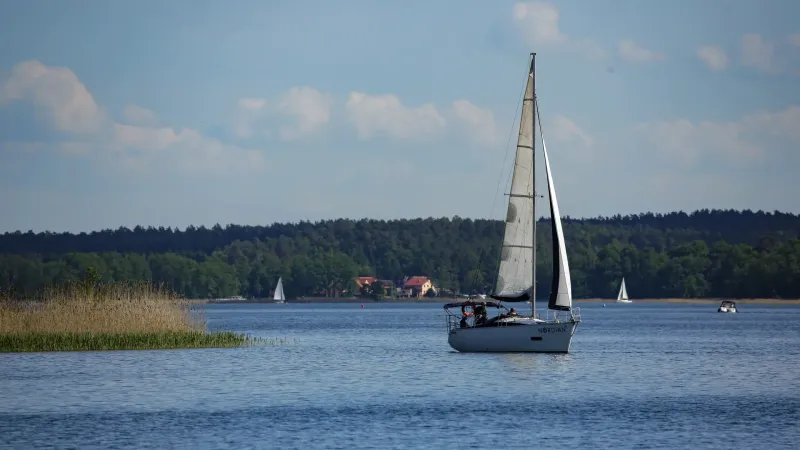
Over two thousand lakes sparkle like scattered jewels across northeastern Poland’s pristine landscape. The Masurian Lake District offers endless opportunities for water sports and peaceful relaxation.
Interconnected waterways allow sailing adventures lasting days or weeks, passing through forests, meadows, and charming lakeside villages. Traditional wooden boats share the water with modern yachts and kayaks.
Historic Teutonic castles overlook several lakes, while cozy guesthouses provide comfortable bases for exploring. Wildlife watching reveals storks, cranes, and countless bird species in protected wetlands that make this region a paradise for nature lovers and water enthusiasts.

